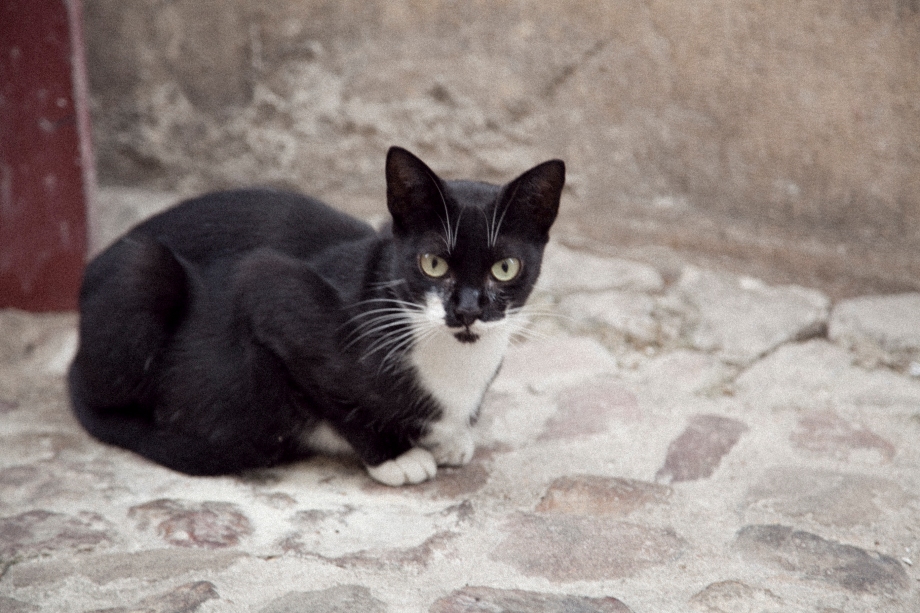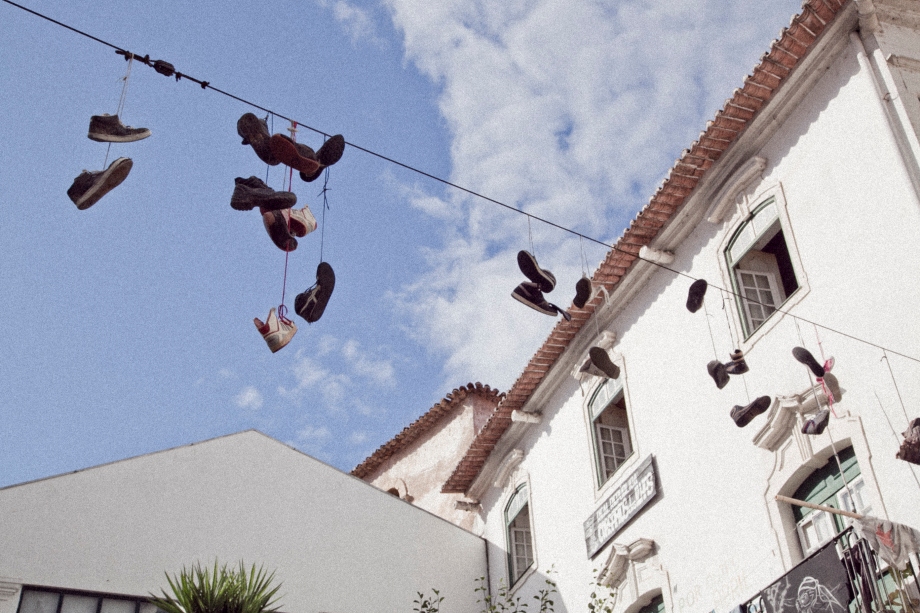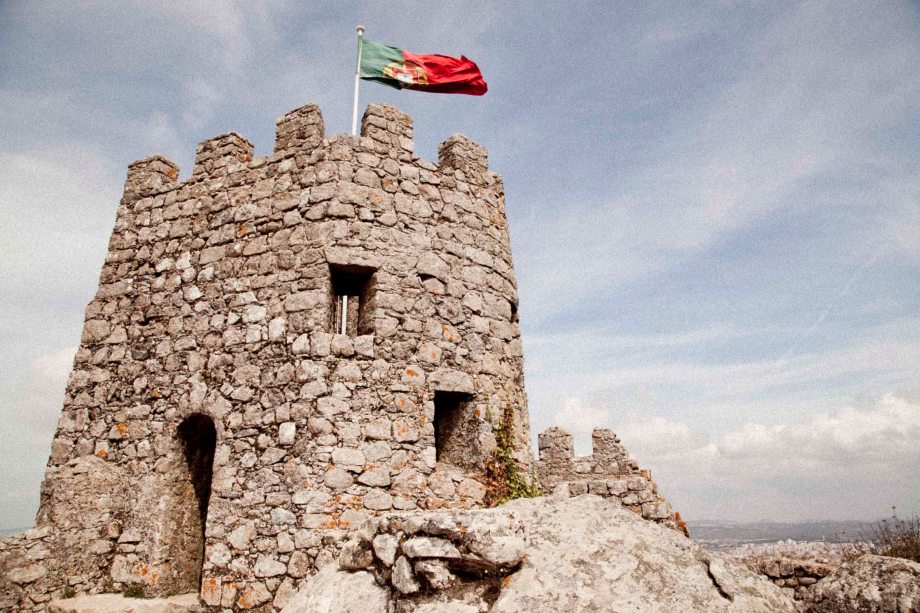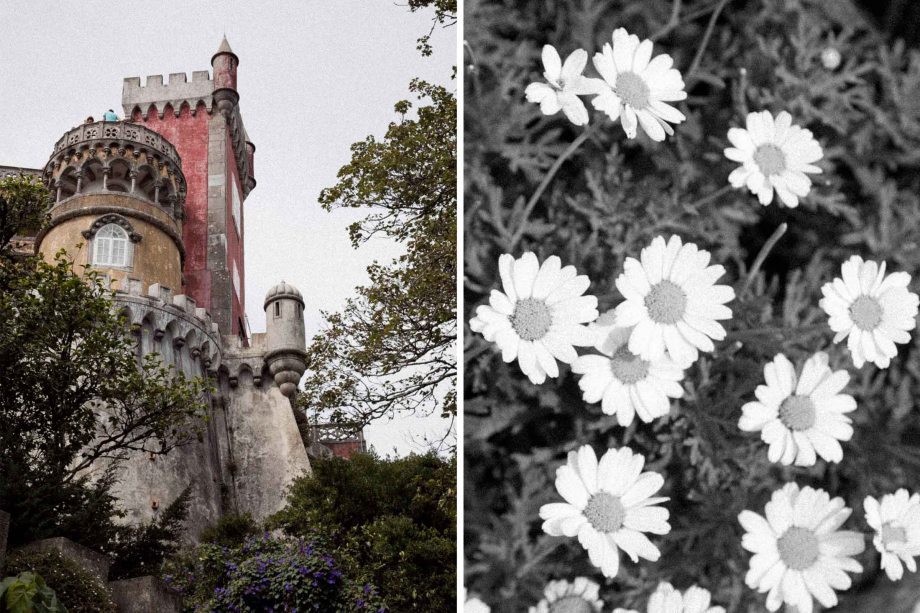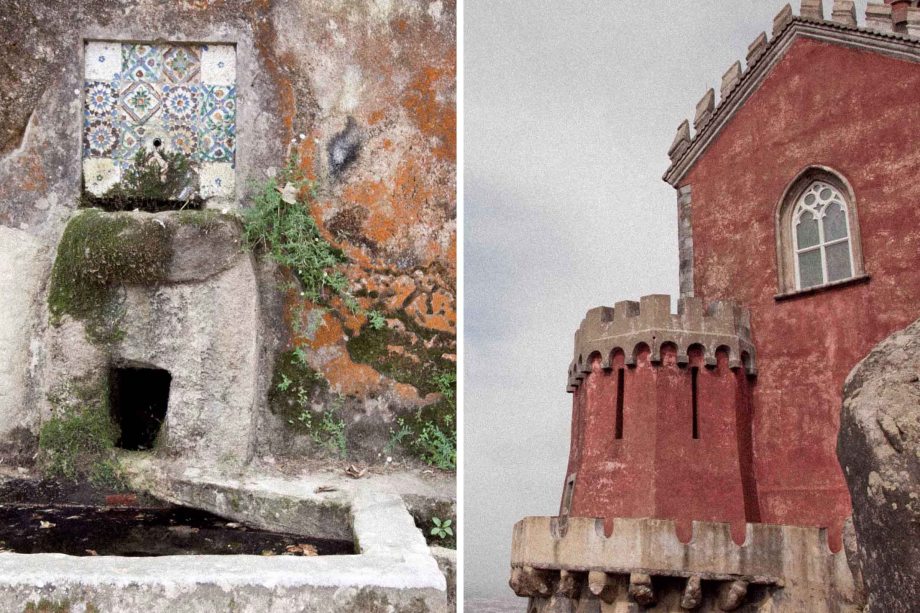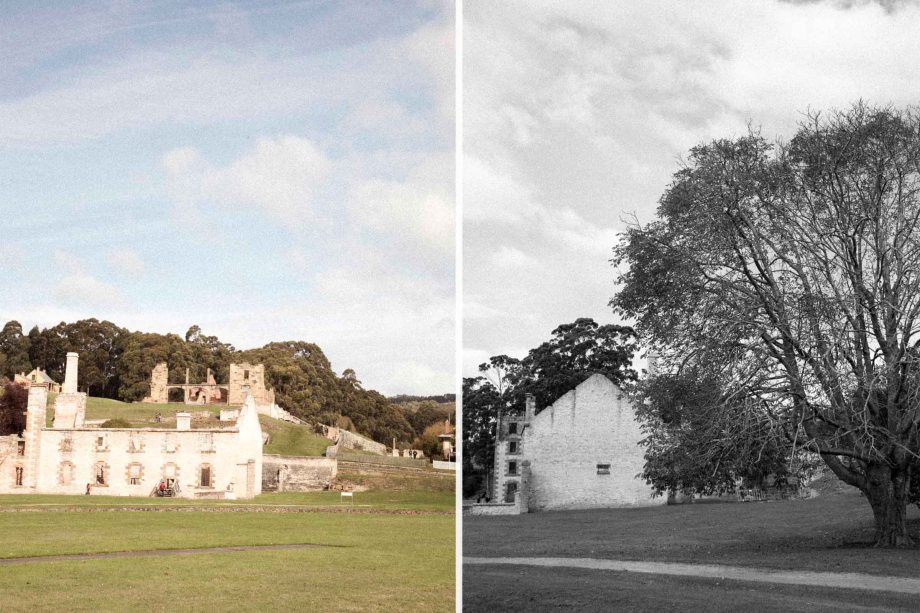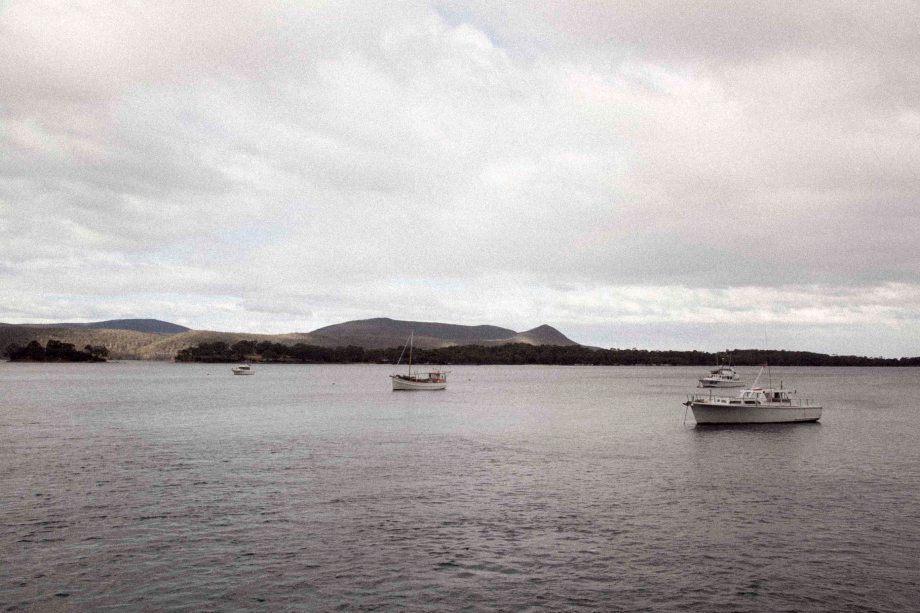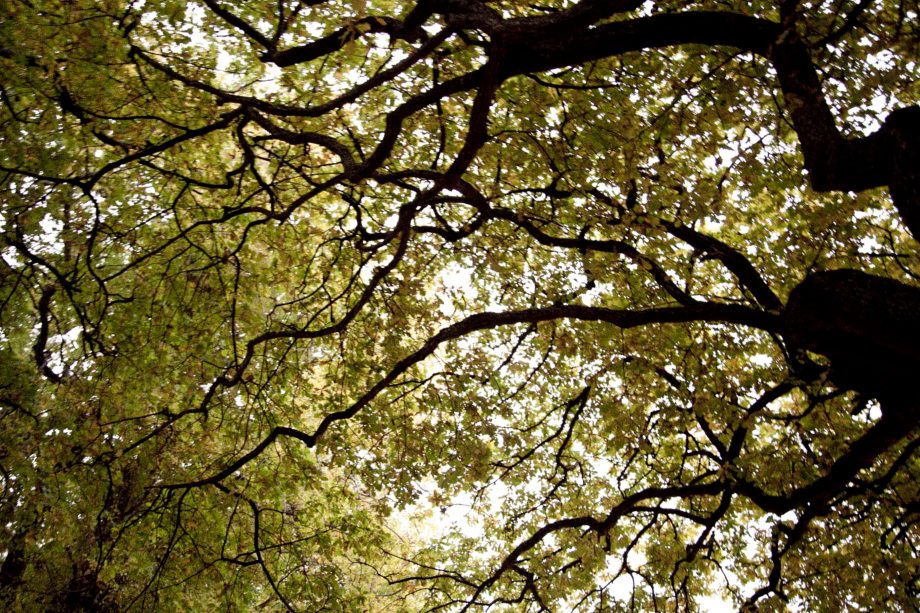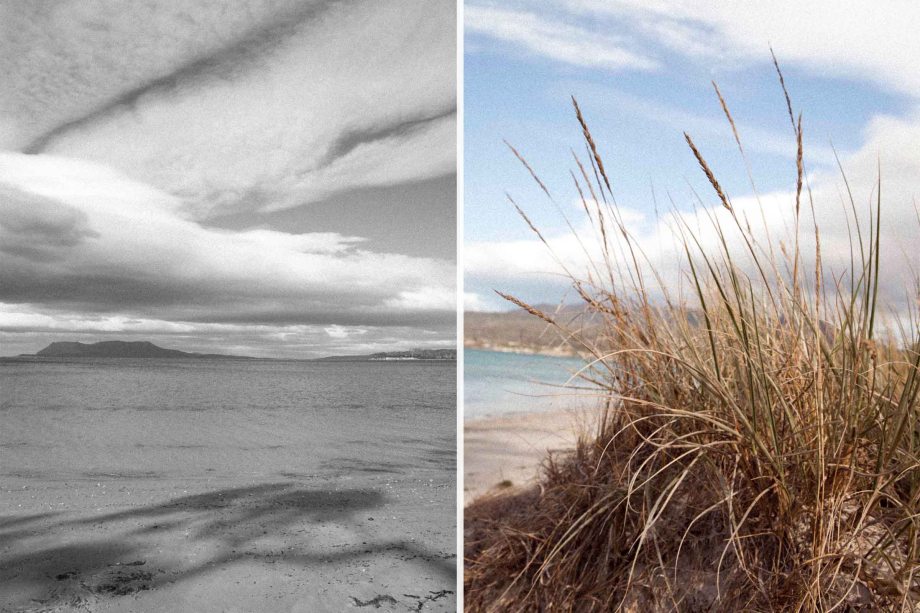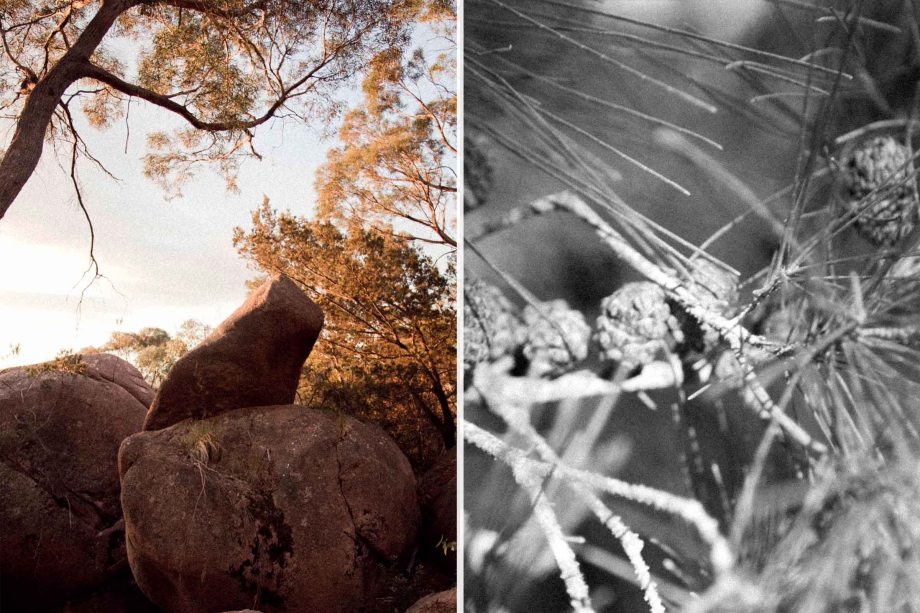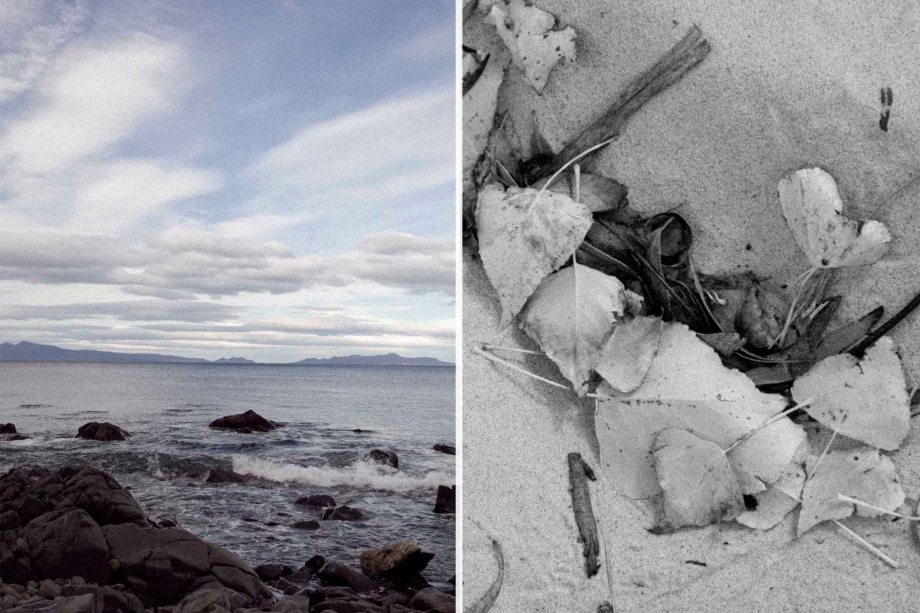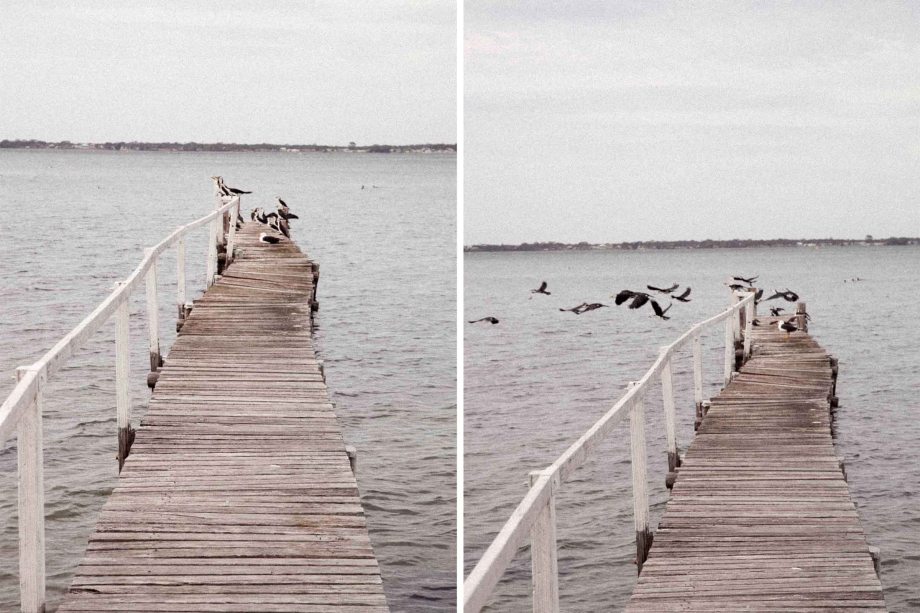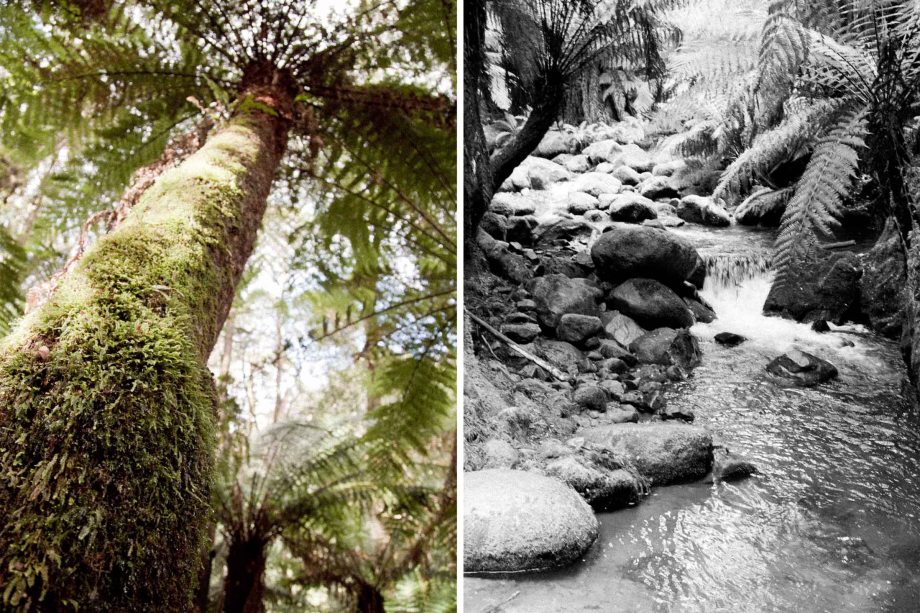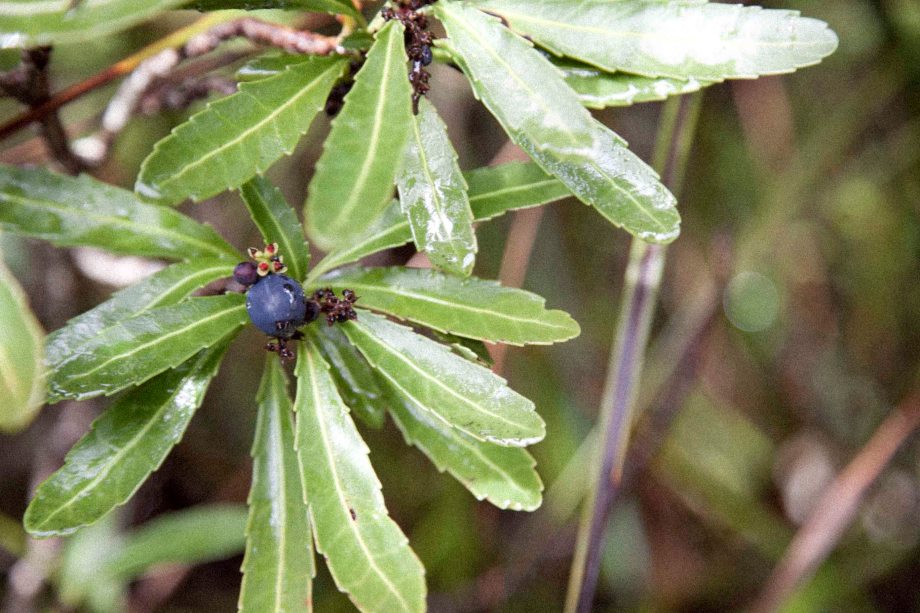If you loved Lisbon, you’ll be mad about Porto. Porto, or Oporto in Portuguese, is everything you love about Lisbon, but better. More culture, more history, more scenic views, more funky cafes and restaurants, and more beautiful historical architecture. Unlike Lisbon which was decimated in the 1755 earthquake (thus there are hardly any buildings in the city which date prior to this time), Porto did not have such misfortune and many of its streets and buildings have remained intact for centuries. You get this authentic, history and culture rich feeling about Porto, which is somewhat lacking in Lisbon. Don’t get me wrong, I adore Lisbon, but Porto has something more, something special.
Porto is also the place where port wine originated. The vineyards of the Douro Valley are world renown for their exquisite wines, and are connected to Porto via the Douro River. In the past, and even today, the Douro River was an extremely important trading route, taking the wines from the valley to Porto and beyond. Today there are many cellar doors on the southern side of the river, where you can taste and purchase authentic port wine.













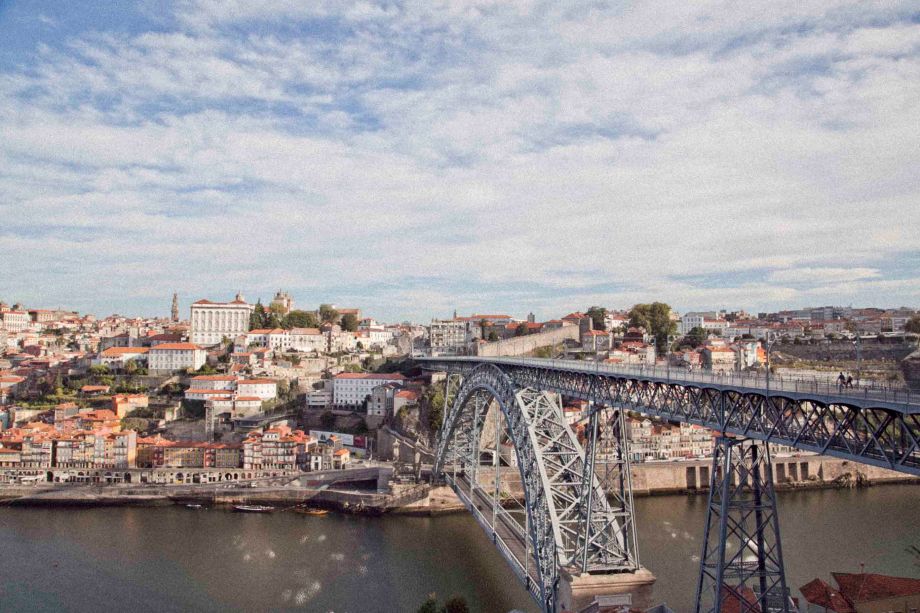





 Essentials:
Essentials:
Getting There:
There is a frequent train and bus services connecting Lisbon and Coimbra to Porto. Ryanair offers cheap flights to and from London, making Porto a desired travel destination for Londoners in recent years. After Porto, I travelled to Madrid and initially considered taking the bus. However, I found a cheap flight with Ryanair, for 20 euros, to Madrid, so always check the flight connections, before enduring a long and tiresome bus trip.
Stay:
I stayed at an amazing hostel, The Gallery Hostel, located on Rua de Miguel Bombarda, in the arts district of Porto. The hostel was newly and tastefully decorated, spotlessly clean and they even organised an amazing tapas and wine tasting dinner for 15 euros while I was there. The hostel also doubles as an art gallery, exhibiting the works of local artists.
Eat:
Cafe Majestic: A beautiful, old world cafe located in the centre of Porto. Very ‘belle epoque’, you’ll feel like you are dining at The Ritz. A great place to grab a coffee and a croissant or a pasteis de nata (you are in Portugal of course) and watch the world go by.
Favorita: A cute little restaurant on Rua de Miguel Bombarda, serving a set lunch menu at a great price.
Casa de Pasto Palmeira: Located beside the river, this little restaurant serves traditional Portuguese tapas. Definitely worth a visit.
Shop:
A Vida Portuguesa: By far my favourite store. Selling traditional Portuguese handcrafts and products, you’ll feel like you’ve stepped back in time. The building in which the store is situated in on Galeria de Paris, in the beautiful Clerigos neighbourhood, is exquisite, with timber floors, vaulted ceilings and an elegant staircase to the store (The Fernandes Mattos store is located on the ground floor of the building).
Aguas Furtadas Design: A fell in love with this store. Located in a small shopping arcade on Rua Miguel Bombarda, it is one of a handful of art/design stores in the complex. Selling handcrafted items made by local designers and artists, this store supports local crafts in the hope that they do not disappear. I had a great chat to the saleswomen about Portuguese arts and crafts. I purchased a number of items, including a beautiful Portuguese porcelain cabbage plate. If you don’t get the chance to get to Porto, they sell online and ship internationally. Visit their Facebook page for details.
Livraria Lello: I’m mad about books, so my visit to Porto wouldn’t be complete without a visit to this ‘institution’. Open since 1906, there is little wonder why it continues to attract customers. The Art Nouveau facade, the stained glass ceiling and the impressive grand staircase. Not to mention is amazing collection of books! Unfortunately, photography isn’t allowed in the store, so I don’t have any images.

